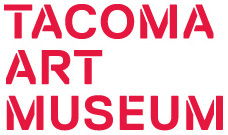Adolf Dehn
A lithographer and painter, known for his satirical eye, Adolf Dehn created over 600 lithographs before 1936; afterwards, he turned increasingly to watercolor.
Dehn studied at the Minneapolis Art Institute and the Art Students League in New York, after which he was imprisoned as a conscientious objector during World War I. On his release Dehn took odd jobs and made his way to Europe, where his work as a magazine illustrator supported him. In the mid-1930s, Dehn began to paint watercolor landscapes, which proved immensely popular. As a result, new commercial opportunities opened, including travels through the United States, Mexico, and Venezuela. His fame led to offers to teach and then to work for the Navy during World War II. Throughout the forties, fifties, and sixties, Dehn traveled around the world doing commercial work and lithography. His work became less satirical and more fanciful, and he experimented with new graphic techniques.
For his contributions to modern lithography, Dehn was twice awarded a Guggenheim Fellowship. He taught at the Colorado Springs Fine Arts Center School, authored three books, including "Water Color Painting." and, in collaboration with Lawrence Barrett, wrote "How to Draw and Print Lithographs" (1950). His prints are in the collections of major museums in America, including the Brooklyn Museum, the Metropolitan Museum of Art and the Philadelphia Museum of Art.
Source: http://americanart.si.edu/collections/search/artist/?id=1178 :










